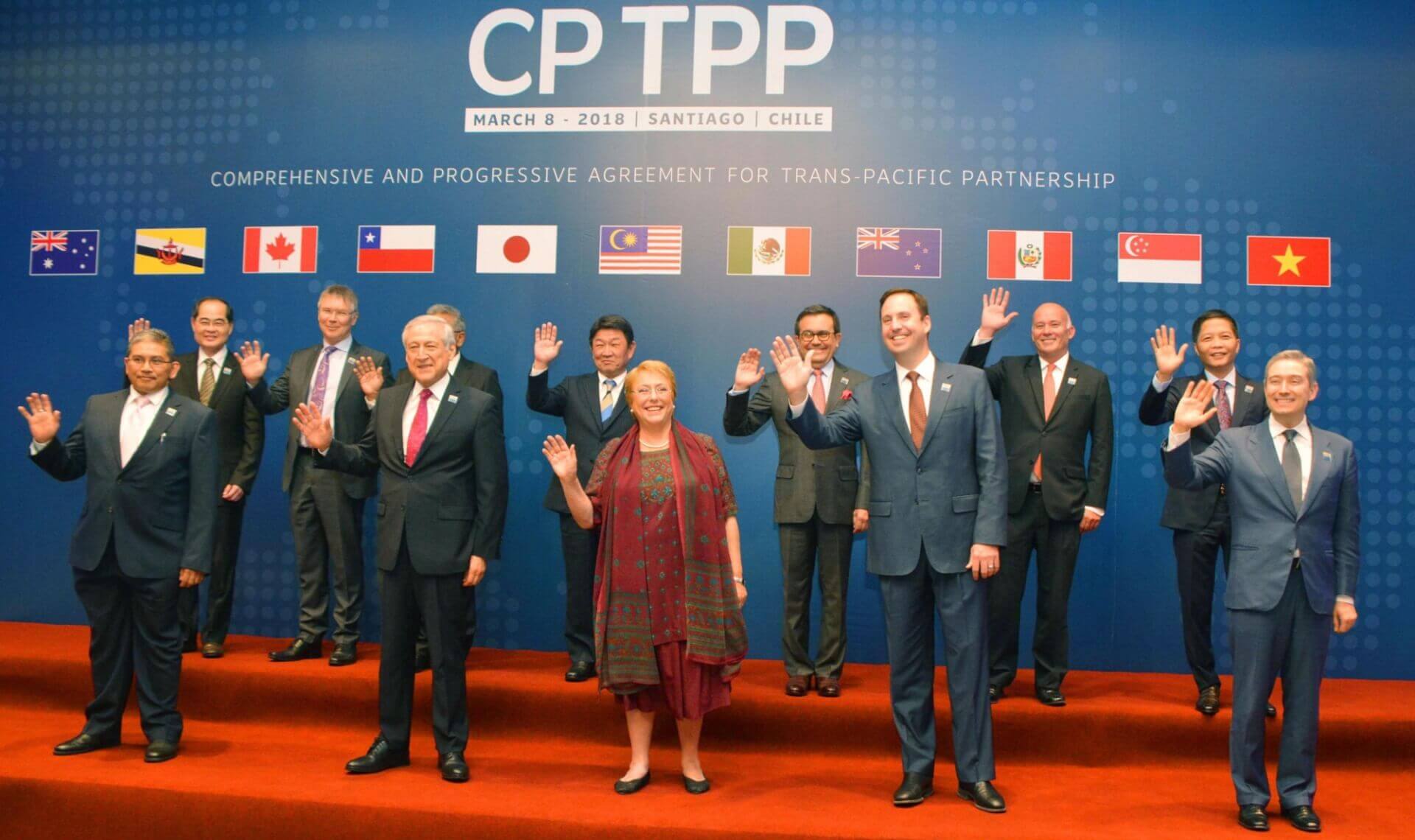Earlier this month, China submitted its official application to join the Comprehensive Progressive Agreement for Trans-Pacific Partnership (CPTPP) free trade agreement (FTA). This decision drew questions about whether the United States (US) would now rejoin the agreement under President Joe Biden’s return to a multilateral foreign policy approach.
In January 2017, under the Donald Trump administration, the US had walked out from the agreement, which was then called the Trans-Pacific Partnership Agreement (TPP), on grounds that the agreement was a “job killer” and would “undermine” the American economy and its independence. However, former president Barack Obama, along with other supporters of the TPP, believed that the FTA could have helped the US expand its influence in the Asia-Pacific and acted as a counterbalance to China’s rise as a regional power.
Following the US’ departure, the agreement was renegotiated by the 11 remaining members and revived in 2018 as the CPTPP. China’s application to this group has stirred fears that its vast economic potential might unevenly tip the power balance in the bloc and indeed the region at large in its favour, especially in the absence of the US. In light of the transformative economic and political landscape that China’s accession to the FTA would bring, the US must re-evaluate its decision to withdraw from the CPTPP.
For one, the CPTPP is one of the world’s largest FTAs. Even without China, it already represents 500 million consumers and 13.5% of global gross domestic product (GDP). The deal also removes 99% of tariffs on a broad range of goods and services, including financial services, telecommunications, and food safety standards, and sets reciprocal trade quotas. These positives will only increase multifold with China’s entry into the group, which is expected to quadruple the economic gains of the agreement.
Staying out of the agreement could also weaken the US’ bargaining power with Beijing. The CPTPP’s member countries include US allies like Canada, Australia, and Japan. By entering into a comprehensive FTA with them, China will be able to create institutional mechanisms to ensure that business goes on as per usual and commercial relations stay protected, even if political relations turn sour. The US frequently relies on its allies to invoke joint punitive measures against China. However, those same allies joining an FTA with China may now dissuade them from joining hands with the US in such ventures going forward, wherein their political and ideological differences with China do not extend beyond strongly-worded statements.
Given this evolving dynamic, players like Japan have expressed hope that the US will rejoin the agreement to balance China, but this remains unlikely at this stage.
While the Biden administration has made little mention of rejoining the agreement since he took office in January or since China’s application was made public, he is known to have supported it during his time as Vice President. He also spoke of the possibility of renegotiating the agreement during the Democratic primaries. When asked if as President, he would re-join the TPP, Biden responded that he would possibly try to renegotiate the FTA and address concerns raised by some Democrats. He also said that he would attempt to add protections for workers and the environment.
“When it comes to trade, either we’re going to write the rules of the road for the world or China is – and not in a way that advances our values. That’s what happened when we backed out of TPP—we put China in the driver’s seat. That’s not good for our national security or for our workers. TPP wasn’t perfect but the idea behind it was a good one,” Biden told the Council on Foreign Relations (CFR) in 2019.
Now that he has assumed the role of President, though, Biden’s hesitation around rejoining the agreement is clear in his inaction.
On day one of his presidency, Biden rejoined several international treaties, agreements, and bodies that former President Donald Trump withdrew the US from. These included the Paris Agreement and the World Health Organisation (WHO). In February, the President also returned to the United Nations Human Rights Council (UNHCR) as an observer. Furthermore, during his UN General Assembly speech this week, he also strongly hinted at returning to the Iran nuclear deal. Considering how proactive the Biden administration has been in rejoining other deals and organisations, it is telling that it has made no such overtures with the TPP.
In the past, Biden has said that the US’ re-entry to the pact would be conditional. “I would not sign any new trade deal until we have made major investments in our workers and infrastructure. Nor would I sign a deal that does not include representatives for labour and the environment at the negotiating table and strong protections for our workers,” he said prior to becoming President.
Shortly after he took office, White House Press Secretary Jen Psaki said President Biden “knows TPP wasn’t perfect and believes we need to make it stronger and better.” She added that the new administration’s priority “is on doing everything we can to advance working families and the American middle class.”
The White House’s statements indicate that the US is in no rush to rejoin the TPP as it stands. Instead, it is focusing on domestic issues, such as battling the COVID-19 pandemic and working towards the revitalisation of its national industries. However, if China joining the agreement changes the regional and indeed global power dynamics as some experts have posited, perhaps the Biden administration’s hand will be forced.
Despite the Clamour, the US Is in No Rush to Re-Join the CPTPP
Although China’s application to the CPTPP highlights the US’ alienation from major free trade pacts, it continues to remain unwilling to join the agreement under the current framework.
September 24, 2021

SOURCE: KYODO
